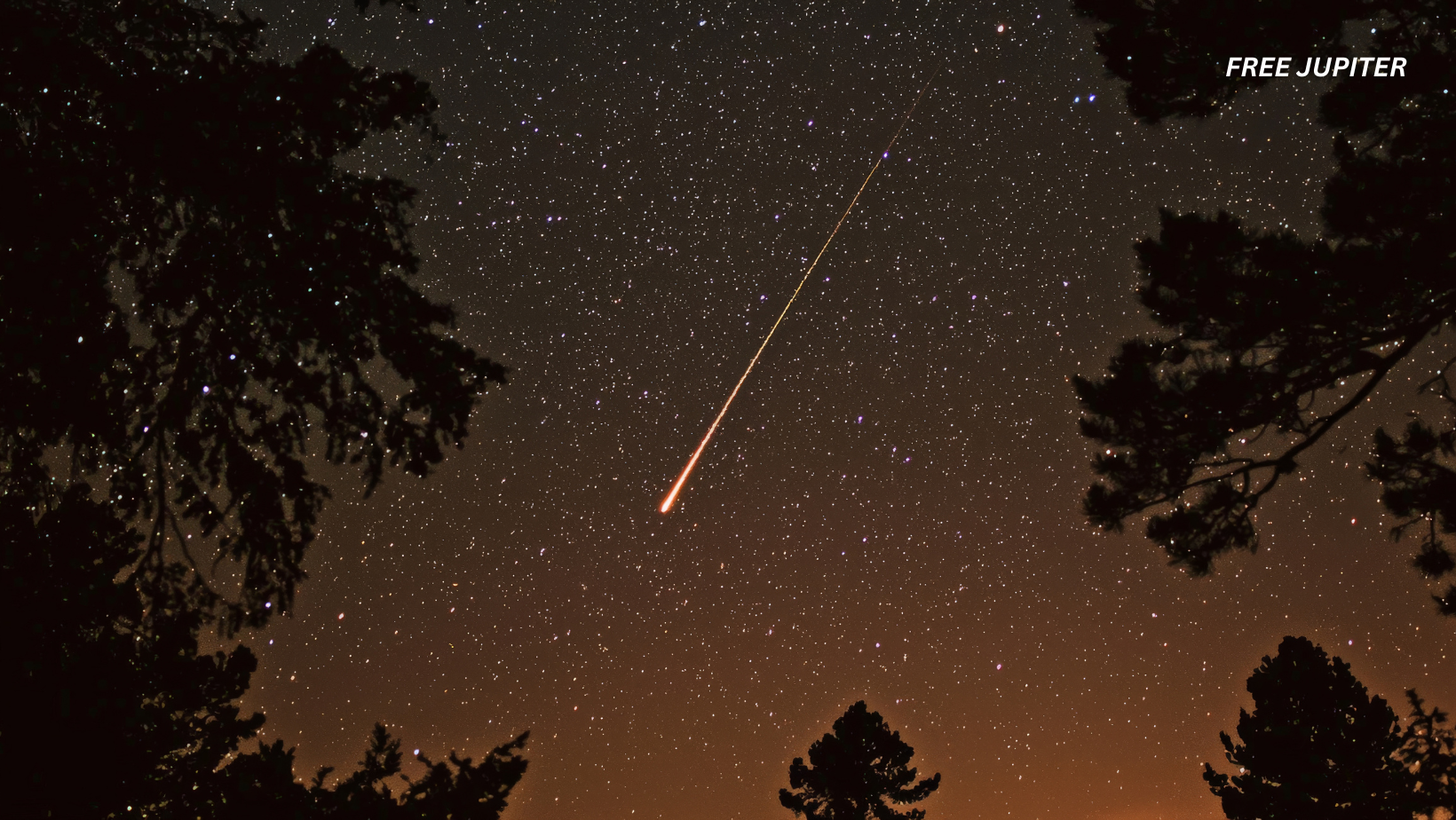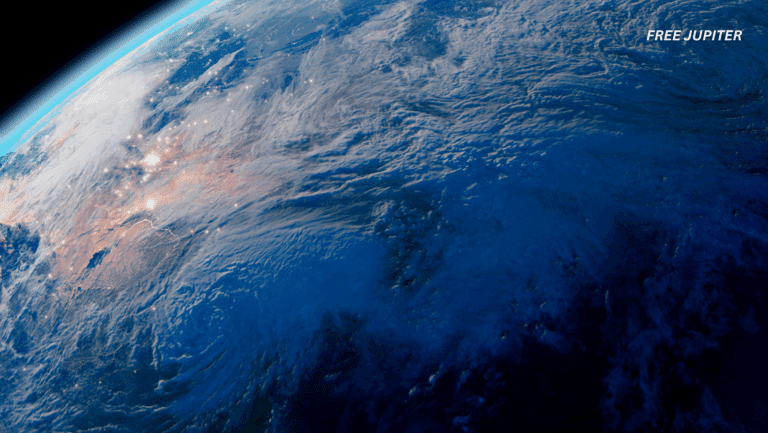Friendly Note: FreeJupiter.com shares general info for curious minds 🌟 Please fact-check all claims—and always check health matters with a professional 💙
Each year, stargazers across the globe await a celestial tradition: the Perseid meteor shower. With its reliable frequency and brilliant display, it’s often considered the highlight of the astronomical calendar. But in 2025, this cosmic spectacle comes with a caveat. A nearly full moon will muscle its way into the spotlight, threatening to outshine even the most dazzling “shooting stars.”
If you were planning to catch this year’s Perseids, don’t throw in the towel just yet—there’s still magic in the sky. But first, let’s unpack what’s going on, and why this year might be different from what you expected.
What Are the Perseids and Why Do They Matter?
The Perseid meteor shower originates from the debris trail left behind by Comet Swift-Tuttle, a 16-mile-wide comet that last swung by Earth in 1992 and won’t return again until 2126. As our planet moves through the trail each year between July 14 and September 1, bits of space dust and rock collide with our atmosphere and burn up in fiery streaks.
During peak nights—typically August 12–13—you can normally see between 50 and 75 meteors per hour, and in especially dark areas, that number can climb even higher. These meteors often travel at speeds of 37 miles per second, creating brilliant, fast-moving trails that last just long enough to make a wish.
It’s a beloved annual phenomenon not only for amateur astronomers but also for families, night photographers, and curious skywatchers around the world. Many plan trips to dark-sky reserves or host backyard watch parties to take in the show.
Read more: Consciousness Is Not Confined to the Brain, But Is Connected To The Whole Universe, Scientists Say
The Lunar Sabotage of 2025
But 2025 is a different story. This year, the Perseid peak coincides with a waning gibbous moon—one that reached its full phase just days earlier on August 9. While it may no longer be “full” on the night of August 12–13, it will still be incredibly bright—enough to blot out most of the night sky.
Why does this matter? According to the American Meteor Society (AMS), moonlight during meteor showers is a major visibility killer. When the sky is brightly lit, only the most luminous meteors can cut through the glare. AMS predicts that the moonlight this year could reduce visible activity by at least 75%, meaning you’d be lucky to catch a dozen meteors an hour, even in ideal conditions.
NASA’s Take: Perseids Disappoint, but Geminids Shine
NASA confirms the disappointing outlook. In its August 2025 skywatching bulletin, the agency advises that while the Perseids remain one of the most active and consistent showers of the year, moonlight will “wash out all but the brightest meteors.”
But the space agency also offers a silver lining: “Don’t despair,” they write. The December Geminid meteor shower promises far better viewing conditions. Not only does it have the potential to produce up to 150 meteors per hour, but it will also arrive under darker skies, as the moon will be a thin crescent and rise well after midnight.
Meteor Showers and the Science of Visibility
To understand just how disruptive the moon can be, it helps to grasp how meteor visibility works. The brightness of the sky plays a crucial role in how many meteors we can see. The darker the sky, the better your eyes can adjust to detect even faint streaks of light. This is why rural areas and designated dark-sky parks are favored by meteor chasers.
Research published in journals like Sky & Telescope and The Astronomical Journal has shown that a full or near-full moon can reduce meteor counts by over 80% in some cases, depending on where the moon is positioned. When the moon rises early in the evening—as it will this year—it eliminates the darkest hours of the night, which are usually the best time to view meteors.
Read more: Astronomers Detect The Most Powerful Explosions in the Universe Since the Big Bang
Tips for Watching the Perseids Anyway
Despite the moonlight, if you’re determined to see the Perseids, here are a few ways to boost your chances:
1. Go Rural: Get Away from City Lights
To see more meteors, escape the city and head somewhere truly dark—think national parks, countryside fields, or mountaintops. Light pollution, even from small towns, can dull the sky. A good rule: if you can only see your shadow from moonlight, you’re in the right place. If it’s from a streetlamp, keep driving.
2. Watch Late: Midnight to Dawn Is Best
Meteor activity picks up after midnight, when Earth is rotating into the meteor stream. Plus, in 2025, the moon will start setting in the early hours, giving you darker skies and a better chance to catch those elusive streaks.
3. Let Your Eyes Adjust
It takes 20–30 minutes for your eyes to fully adapt to the dark. Avoid looking at screens or using bright lights—use red light instead to keep your night vision intact. Once your eyes adjust, even the faintest meteors will be easier to spot.
4. Block the Moon, Not the View
The moon will be bright, so turn your back to it or block it with a hill, tree, or building. This reduces glare and helps your eyes focus on the darker parts of the sky where meteors are more likely to appear. Remember, they can show up anywhere overhead—not just near Perseus.
While you may not catch a meteor storm, you can still enjoy a few bright fireballs streaking across the sky—and that’s not nothing.
The Geminids: A Better Bet for 2025
If the Perseids leave you longing for more, pencil in the Geminid meteor shower, which peaks the night of December 13–14. This meteor shower is unique because it comes from an asteroid (3200 Phaethon), not a comet. As a result, its meteors tend to be slower and brighter, making them easier to spot.
Unlike the August peak, December’s moon will be kinder. It will rise late in the night as a thin crescent, allowing several hours of ideal darkness for viewing. And if you’re willing to bundle up and brave the cold, you might be rewarded with a truly breathtaking show.
Read more: James Webb Confirms There’s Something Seriously Wrong With Our Understanding Of The Universe
A Cosmic Reminder: The Universe Isn’t Always on Our Schedule
There’s something oddly poetic about the 2025 Perseids being dimmed by moonlight. It’s a reminder that space doesn’t run on our calendars. Sometimes the universe shows up in full regalia; other times, it offers a more muted performance.
But that’s the beauty of it. The stars—and the meteors that blaze through them—are there whether we see them or not. And sometimes, that simple fact is just as comforting as the light show itself.
So while this year’s Perseids may be underwhelming, they still whisper to us from the skies, inviting us to pause, look up, and remember that we’re part of something vast and luminous—even if the moon steals the spotlight every now and then.
Here’s to clear skies, patient hearts, and eyes wide open.










